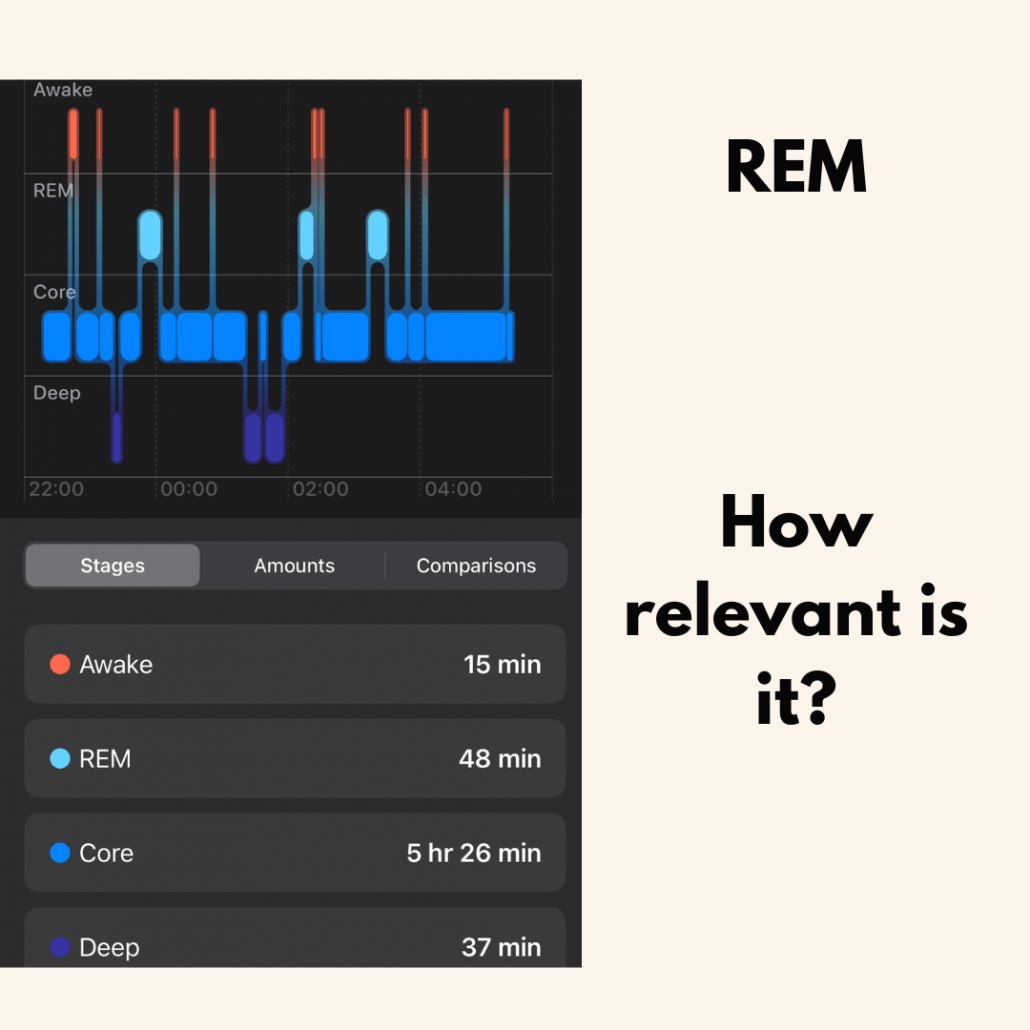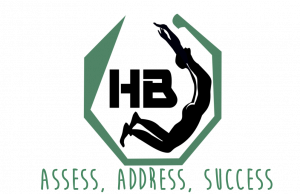REM Sleep Importance for Holistic Health and Fitness

Introduction:
Sleep is often undervalued in our fast-paced world, yet it plays a crucial role in our overall health and well-being. Among the various stages of sleep, Rapid Eye Movement (REM) stands out as a vital component essential for both physical and mental health. In this extended discussion, we’ll delve deeper into the significance of REM sleep, exploring its impact on body transformation, exercise, emotional regulation, memory consolidation, and holistic health.
Understanding REM Sleep:
REM sleep, characterized by rapid eye movements and vivid dreaming, is a stage of sleep where the brain becomes highly active while the body remains largely immobile. This stage typically occurs multiple times throughout the night, with each cycle lasting longer as the night progresses.
Physical Benefits of REM Sleep:
REM sleep plays a pivotal role in physical health, facilitating crucial repairs and rejuvenation processes within the body. One of its primary functions is the release of growth hormones, which are essential for muscle growth, repair, and recovery. Additionally, REM sleep supports immune function, helping the body defend against infections and illnesses.
Moreover, REM sleep contributes to overall sleep quality, ensuring that individuals wake up feeling refreshed and energized. By prioritizing REM sleep, individuals can optimize their exercise performance, accelerate muscle growth, and enhance their physical fitness levels.
Emotional Regulation and Memory Consolidation:
Beyond its physical benefits, REM sleep is equally important for emotional well-being and cognitive function. Research suggests that REM sleep plays a significant role in emotional regulation, helping individuals process and cope with stress, anxiety, and other negative emotions.
Furthermore, REM sleep is critical for memory consolidation, particularly in the encoding and retention of new information. Adequate REM sleep enhances learning, problem-solving abilities, and overall cognitive function, contributing to improved academic and professional performance.
Holistic Health and Wellness:
In the realm of holistic health, REM sleep emerges as a cornerstone of overall well-being. Its profound impact on both the mind and body underscores its importance in achieving a balanced and healthy lifestyle. By nurturing healthy sleep habits and ensuring sufficient REM sleep, individuals can experience numerous benefits, including enhanced mood, sharper cognitive abilities, and improved stress management. Learn more about the importance of sleep here.
Practical Tips for Optimizing REM Sleep:
To maximize the benefits of REM sleep, it’s essential to prioritize sleep hygiene practices. Establishing a consistent sleep schedule, creating a relaxing bedtime routine, and creating a conducive sleep environment can promote deeper and more restorative sleep.
Additionally, reducing caffeine intake, limiting screen time before bed, and practicing relaxation techniques such as meditation or deep breathing can help facilitate the transition into REM sleep more effectively.
Conclusion:
In conclusion, REM sleep stands as a cornerstone of holistic health and fitness, influencing both physical and mental well-being. By recognizing the importance of REM sleep and adopting healthy sleep habits, individuals can unlock the full potential of their mind and body. Whether striving for optimal physical performance, emotional resilience, or cognitive function, prioritizing REM sleep is essential for achieving overall health and wellness. Learn more about REM and sleep hygiene by scheduling a meeting with Healthy Bestari and starting your wellness journey.


